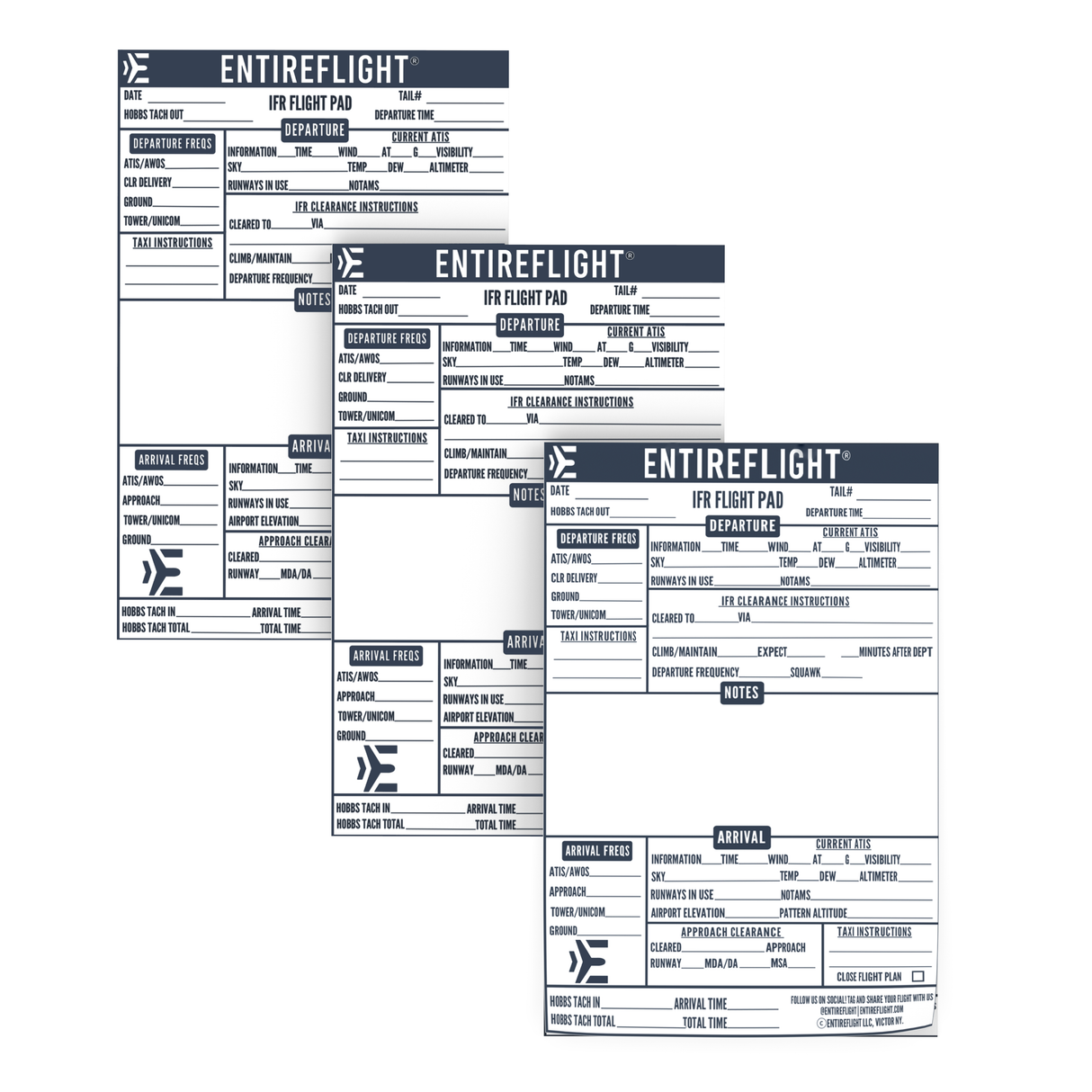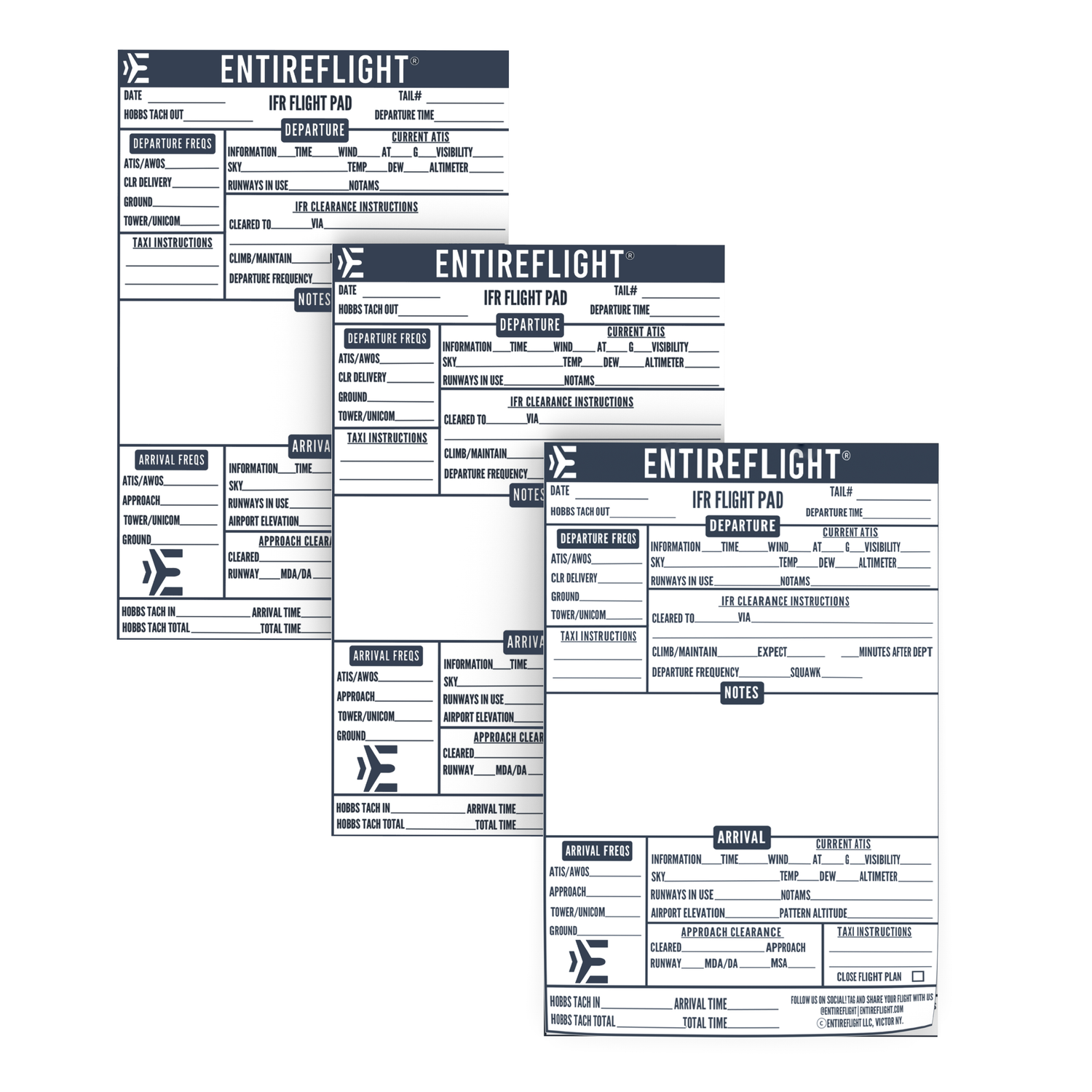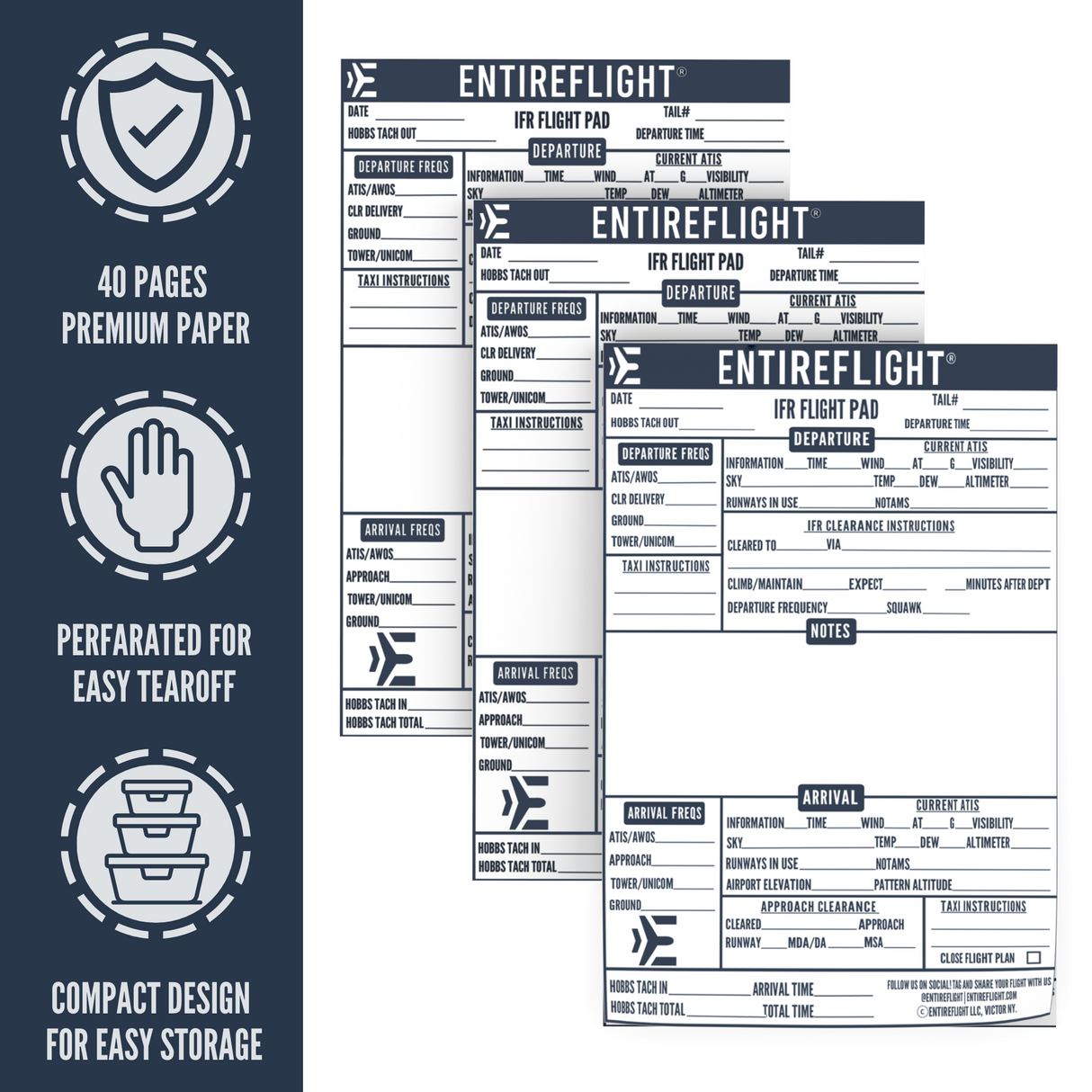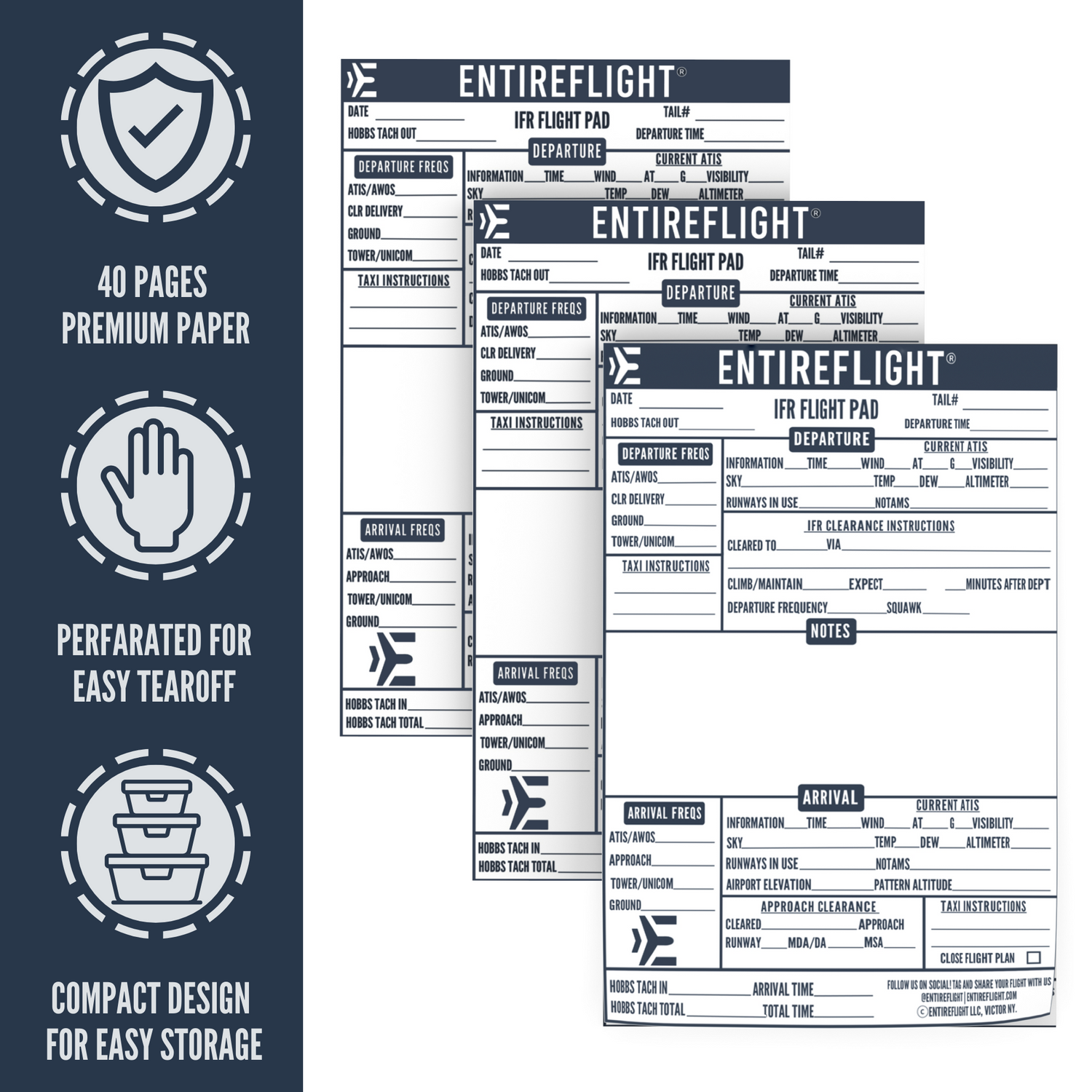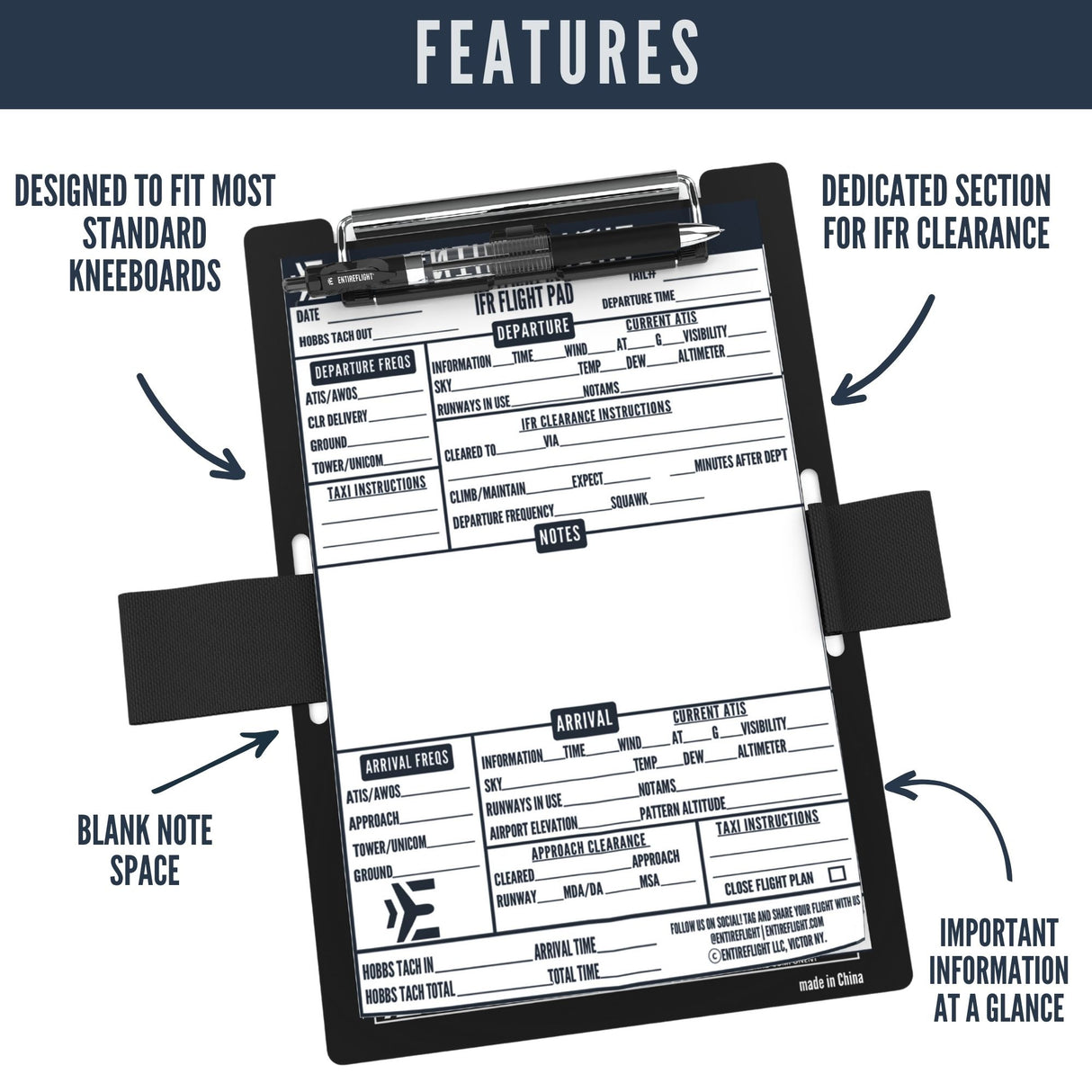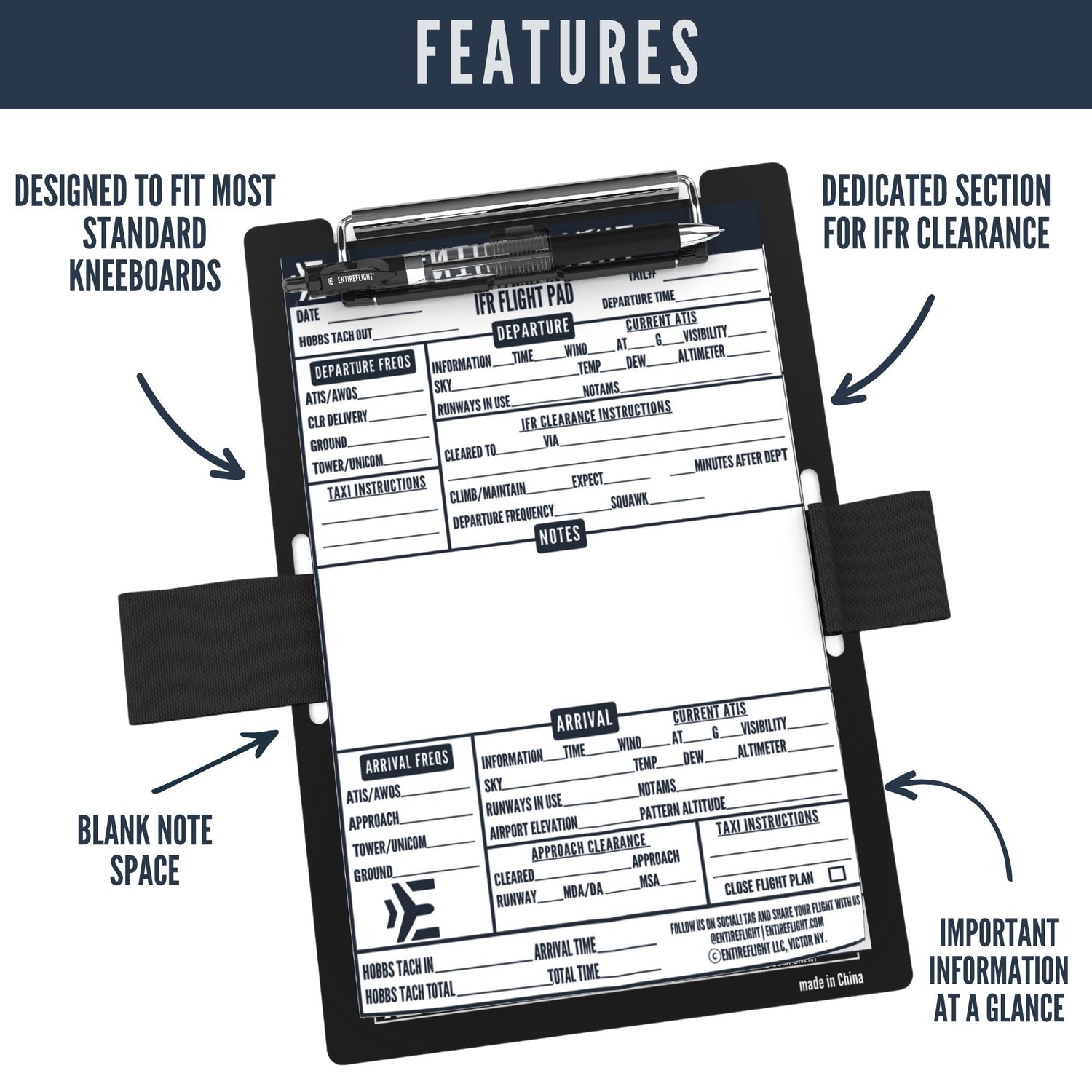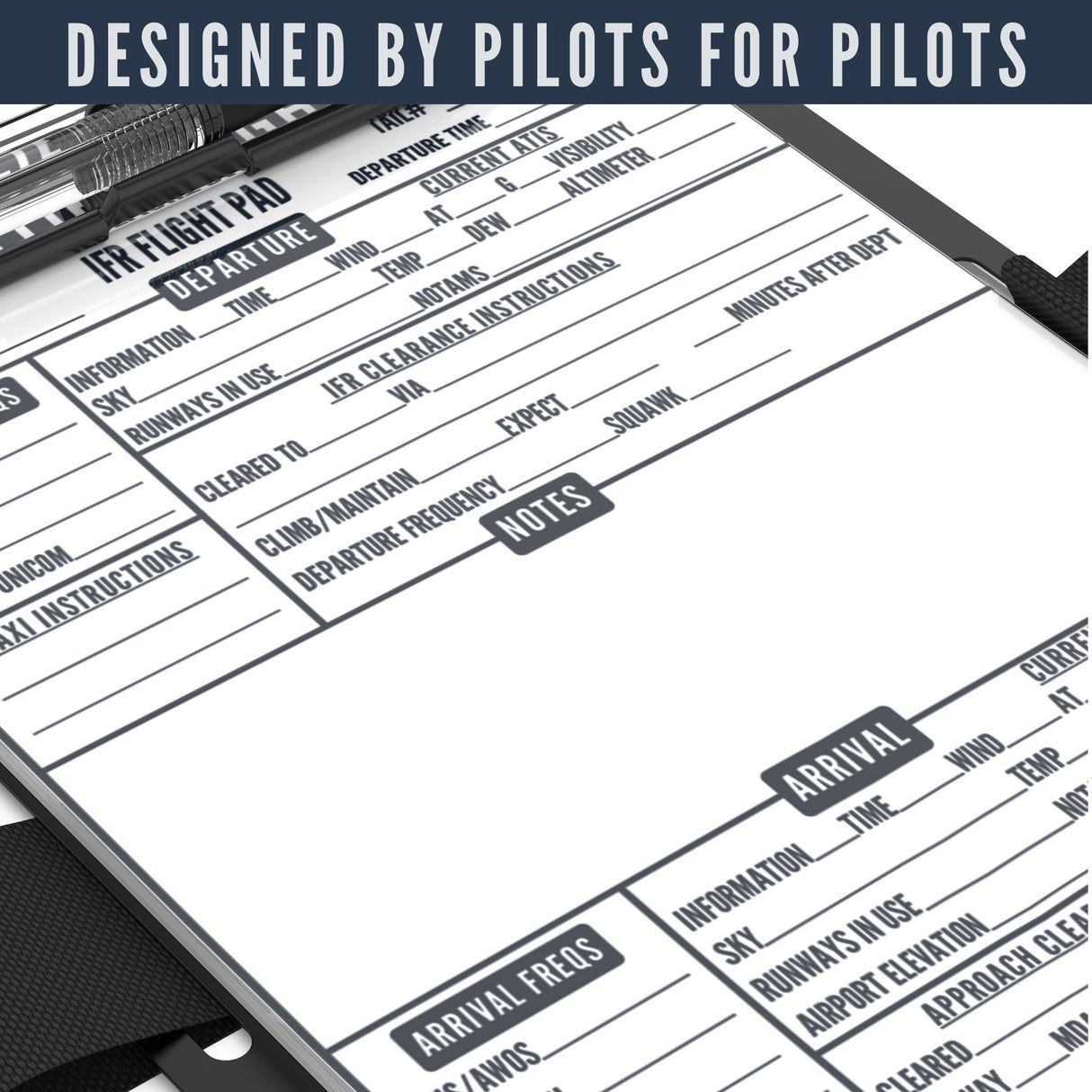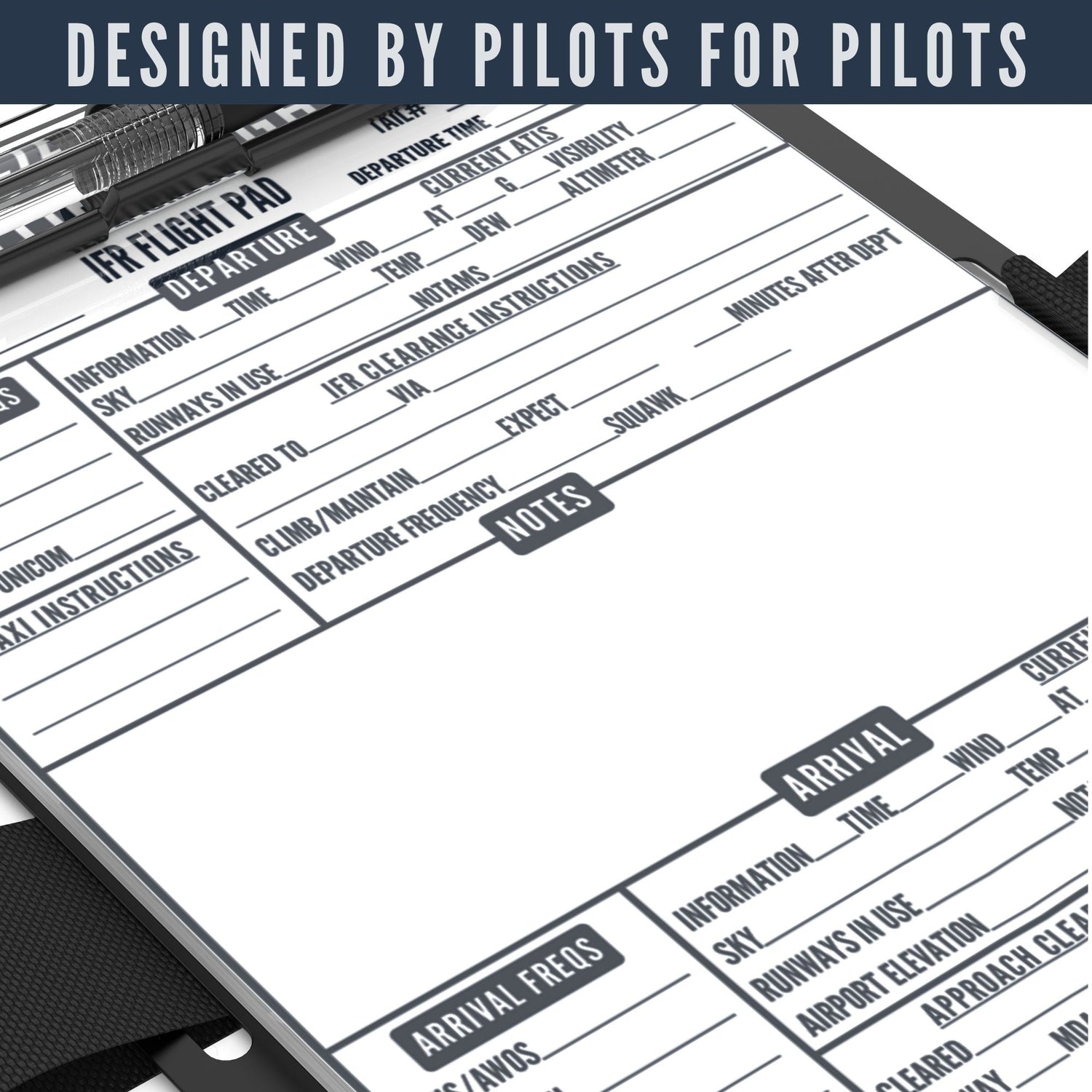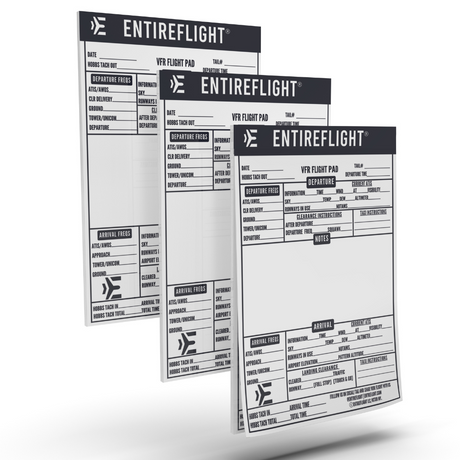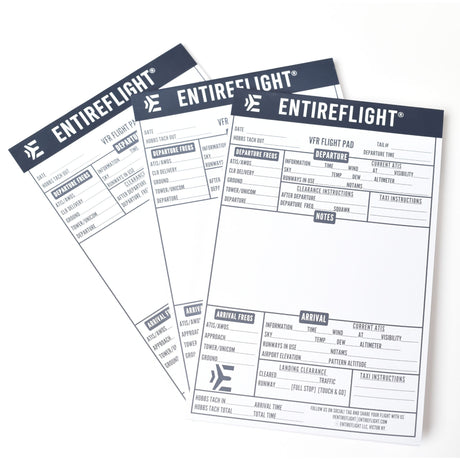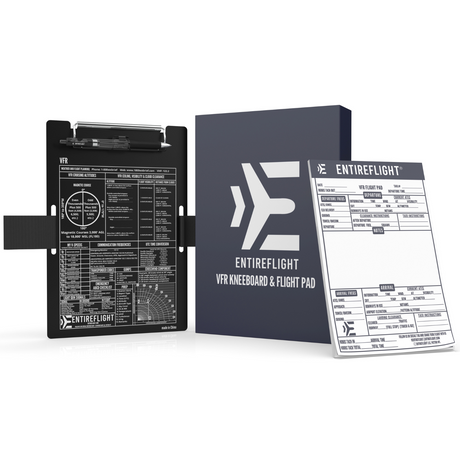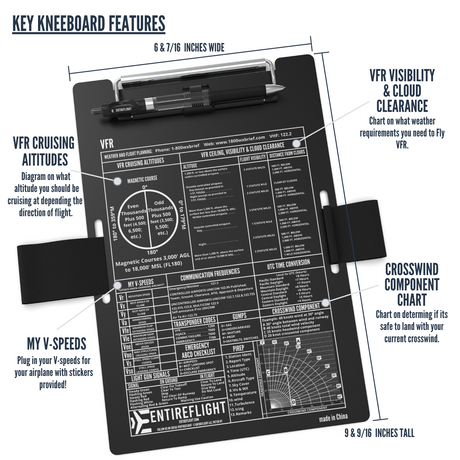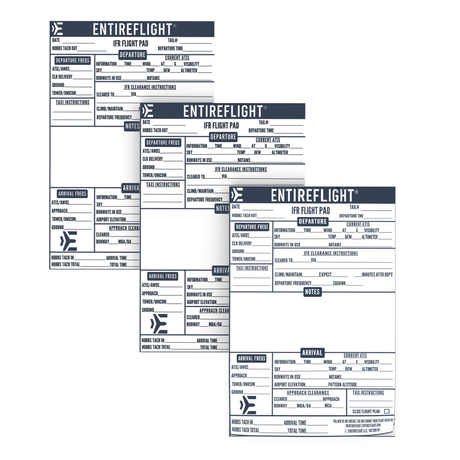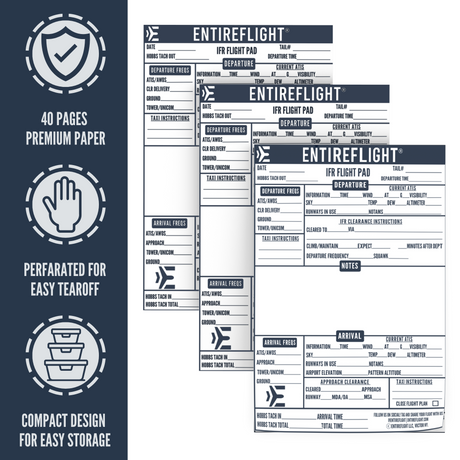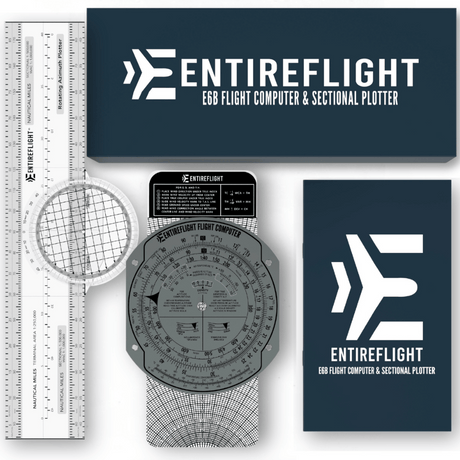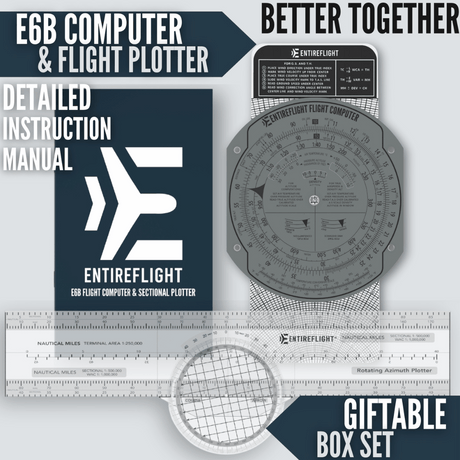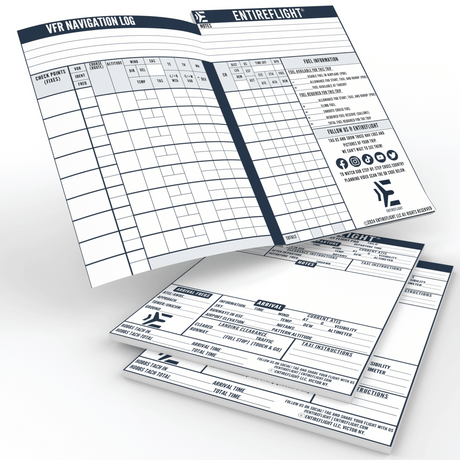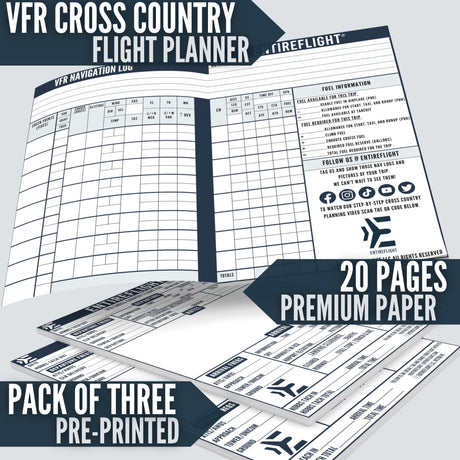Feeling nervous about flying a helicopter at night? You're not alone. Many beginner pilots share that uncertainty as nighttime flying presents unique challenges and risks. This blog post aims to eliminate those fears by providing essential knowledge and tips on how to navigate the dark sky safely.
Ready for takeoff? Let’s begin.
Key Takeaways
- Helicopters fly at night for efficient transportation, emergency services, and other purposes.
- Flying at night presents unique challenges such as reduced visibility and visual illusions.
- Navigating a helicopter at night requires reliance on instruments, understanding visual cues, and avoiding obstacles.
- To become a qualified nighttime helicopter pilot, specific requirements and training are necessary.
Why Helicopters Fly at Night
Helicopters fly at night for various advantages and purposes, including efficient transportation of passengers and cargo, emergency medical services, search and rescue missions, law enforcement operations, and military activities.
However, flying at night also poses challenges and risks that pilots need to be aware of and prepared for.
Advantages and purposes
Night flying offers unique benefits for helicopter pilots. One key advantage is enhanced scheduling flexibility as the night sky opens up more hours to fly, making it possible to complete certain tasks at less busy times.
In terms of purpose, helicopters often play a crucial role as life-saving machines during night-based emergency services, such as medical evacuations and search-and-rescue operations.
Furthermore, flying after sundown can provide pilots with a whole new set of challenges that can significantly boost their skills and confidence. By navigating under a blanket of stars rather than the broad daylight, they can fine-tune their spatial awareness and reliance on instruments which are important aspects in mastering the art of aviation.
Challenges and risks
Flying a helicopter at night presents unique challenges and risks that require careful preparation and skill. One of the main challenges is reduced visibility, as darkness can make it difficult to see obstacles or discern accurate depth perception.
Additionally, visual illusions, such as confusing city lights with stars or mistaking ground lights for runway lights, are common at night. These illusions can lead to spatial disorientation if not properly recognized and addressed.
Furthermore, navigating through unfamiliar terrain while avoiding hazards becomes more challenging in low-light conditions. It's crucial for pilots to undergo proper training and stay up-to-date with night flying regulations to mitigate these risks and ensure a safe flight experience.
The Mechanics of Flying a Helicopter at Night
Navigating a helicopter at night requires careful attention to instruments and using different techniques to overcome visual illusions and perception challenges.
Navigation and instruments
To navigate a helicopter at night, you need to rely on various instruments and techniques. The primary instrument is the GPS (Global Positioning System), which provides accurate information about your location, altitude, and speed.
You also need to be familiar with a compass, which helps you determine your heading. Additionally, using navigational charts is crucial for planning your route and identifying landmarks along the way.
These instruments work together to ensure you stay on track and reach your destination safely during night flights. Remember: understanding how these instruments function and practicing their use in training are essential for becoming a confident nighttime helicopter pilot.
Visual illusions and perception
Your perception can sometimes play tricks on you when flying a helicopter at night. The combination of darkness and limited visibility can lead to visual illusions that may affect your judgment.
It's important to be aware of these illusions and understand how they can impact your flying experience. One common illusion is called the autokinesis effect, which occurs when a stationary light appears to move because of the lack of reference points in the dark sky.
Another illusion is known as "black hole" approach, where an absence of lights or strong contrast on the ground can make it difficult to accurately judge your height above terrain.
Terrain avoidance and obstacles
Avoiding terrain and obstacles is crucial when flying a helicopter at night, as it can be more challenging to see potential hazards in the dark. One important technique for terrain avoidance is using flight instruments, such as altimeters and ground proximity warning systems, to help you maintain a safe altitude.
Additionally, maintaining situational awareness and staying vigilant for any unexpected obstacles or changes in terrain are essential skills for night flying. By understanding the importance of terrain avoidance and practicing these techniques during your training, you'll be better prepared to navigate safely through the night sky.
Night Flight Certification
To become a qualified helicopter pilot for night flying, you need to meet specific requirements and undergo comprehensive training.
Requirements and training
To become a qualified helicopter pilot for night flying, there are certain requirements and training you must complete. First, you'll need to have a private or commercial pilot license from the FAA.
This involves undergoing flight training and passing written and practical exams. Additionally, you'll need to meet specific experience requirements before being eligible for night flying certification.
Once these prerequisites are met, you can begin your training specifically focused on night flying operations. This will include learning about night vision equipment, safety considerations, and utilizing flight instruments in low light conditions.
Night vision equipment
Night vision equipment is essential for helicopter pilots who fly at night. These specialized devices enhance their ability to see in low-light conditions, allowing them to navigate safely and effectively.
Night vision goggles (NVGs) are commonly used by helicopter pilots. NVGs work by using special sensors that amplify the available light, making it easier for pilots to see objects and terrain in the dark.
They also help pilots identify potential hazards such as power lines or other aircraft that may not be visible to the naked eye. With proper training and the use of night vision equipment, helicopter pilots can confidently fly at night with enhanced visibility and safety.
Ensuring Safety in Helicopter Night Flying
Pre-flight planning and inspection
Before embarking on a night flight, it is essential for helicopter pilots to conduct thorough pre-flight planning and inspections. This involves carefully evaluating weather conditions, checking the aircraft's fuel levels and mechanical systems, and reviewing navigation charts.
By taking these steps, you can help ensure that everything is in order before takeoff and minimize the risk of encountering any issues or complications during your flight. Remembering to include this step in your pre-flight routine will contribute to a safe and enjoyable night flying experience.
Use of flight instruments
To ensure the safety and accuracy of your helicopter night flight, it is essential to understand and use the flight instruments effectively. These instruments provide crucial information about your aircraft's altitude, speed, heading, and other important factors that help you maintain control and navigate through the darkness.
By monitoring your altimeter, airspeed indicator, vertical speed indicator, compass, and gyroscopic instruments such as the attitude indicator and turn coordinator, you can make precise adjustments to keep your helicopter on course and avoid potential hazards.
Regularly cross-checking these instruments will help you stay aware of changes in flight conditions and facilitate smoother operations during night flying.
Visual cues and illusions
Visual cues play a crucial role in helicopter night flying. Your eyes are your primary source of information, so it's important to understand how they can sometimes deceive you. Being aware of these illusions and knowing how to interpret visual cues correctly will help you maintain proper flight control and stay safe during nighttime operations.
Importance of ongoing training and experience
To become a skilled helicopter pilot who can fly at night, ongoing training and experience are essential. Regularly participating in training programs and gaining flying experience will help you hone your skills and stay up-to-date with the latest techniques and safety procedures.
Ongoing training ensures that you have the knowledge and confidence to handle any challenges or unexpected situations that may arise during night flights. Likewise, accumulating flight hours gives you valuable experience in navigating through different terrain, dealing with visual illusions, and making split-second decisions.
Remember, continuous learning is key to becoming a proficient helicopter pilot for safe and enjoyable night flying experiences.
Conclusion
Mastering the art of helicopter night flying is crucial for any aspiring pilot. By understanding the advantages and challenges, learning about navigation techniques, obtaining proper certification, and prioritizing safety measures, you can confidently navigate the skies after sunset.
So gear up, embrace the darkness, and let your dreams take flight as a qualified helicopter pilot.

